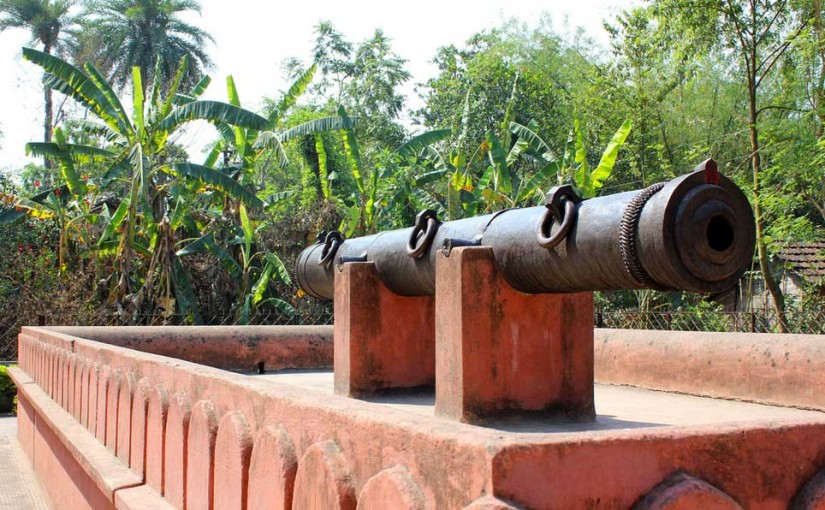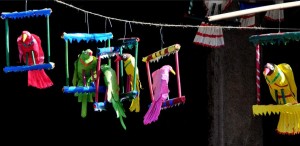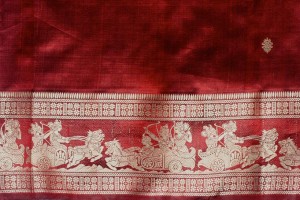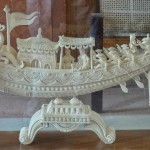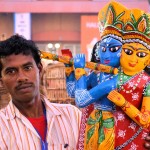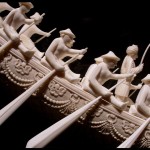Sonamukhi gets its name from the local deity Swarnamukhi Devi and is a busy municipality in Bankura district in West Bengal. It is situated at a distance of 34 kilometers from Bishnupur and falls enroute to Hadal Narayanpur from Bishnupur. Apart from the temples located in Sonamukhi, it is also famous as the birthplace of KusumKumari Devi and Haranath who are deemed to be the reincarnations of Chaitanya Mahaprabhu, the founder of Vaishnav sect. Sonamukhi is therefore a place of religious and well as historical significance. It also holds lots of interest for the lovers of art and architecture.
Sonamukhi has a glorious history of being one of the leading producers of cotton, silk and indigo during the British rule in India. Therefore, it has been referred to as a weavers’ village in many documents and literary books of the time. However, now the village is popular because of its terracotta temples and witnesses visitors almost throughout the year. The most famous and unique one is the Sridhar temple which has 25 pinnacles. This feature of the temple renders it a unique quality. There are only 5 such temples in Bengal and Sridhar in Sonamukhi constructed by Kanai Rudra, a weaver is one of them. The Archaeology department of the state has shown lot of interest in this temple and it has been preserved beautifully by them.
Attractions
There are 5 Rasmanchas in Sonamukhi scattered in different parts of the town. You can spot them while exploring the town through its lanes, by lanes and markets. The Sridhar Temple is located in the interior and you will have to walk through a by lane to arrive at the destination. However, you will be astounded by the terracotta plaques on the temple walls. Scenes like Lord Shiva’s marriage, exchange of Lord Krishna as a child and Brahma originating from Lord Vishu’s naval are depicted on the walls. The wooden door of the temple has the typical style of temple gates in Bengal.
Around Sonamukhi
Some of the houses nearby are centuries old and you can see the remains of residential architectural specimens on them. At a short distance lies another temple. This is the temple of Sitala Devi. The temple is a flat roofed one with 5 pinnacled structure. Just behind the temple is the Siddeshwar Rasmancha painted in blue making a pretty picture. Nest to the Sitala temple is a Laxminarayan Jiu Temple which has been constructed following the typical duel style architecture. This temple was built in the year 1364 according to Bengali calendar.
The Swarnamukhi Temple is located in Shyambazaar area. Gaja Lakshmi is the shrine here with two elephants. The typical horse and elephant figures of Bankura can be spotted on the interiors especially on the walls. The Gopalbed area of Sonamukhi has the ruins of an ancient temple of which he pillars and the spire remain. The structures on the temple walls are quite impressive. The Giri Gobardhan and the renovated Radha Gobinda temples of Babuapara are beautiful to look at accompanied with Rasmanchas among which one is 17 pinnacled.
How to Reach
Visitors can reach Sonamukhi by road on bus and also by train.
Where to stay at Sonamukhi
In order to book the bungalow you can contact or get in touch with the DFO of the northern Division. Or you could back to Burdwan city which is 60 km form Sonamukhi.
Here are the details:
DFO- North Division,Bankura
PC- 722101
Back to Bankura
